Henry Hobson Richardson
Henry Hobson Richardson was born at the Priestley Plantation in St. James Parish, Louisiana, on September 29, 1838. His father, Henry Dickenson Richardson, was a cotton merchant in New Orleans, and his mother, Catherine Caroline Priestley, was the granddaughter of Dr. Joseph Priestley, an English scientist known for discovering oxygen.
Richardson learned French at an early age. After studying architecture at Harvard, he left in 1860 for the Ecole des Beaux Arts in Paris, where he spent the next five years. He was the second American to attend the Ecole des Beaux Arts, which would be increasingly important in the training of American architects. In 1865, Richardson returned to the United States and at first worked in the French country style; soon, he realized that American architecture should establish a unique voice.
After his marriage to Julia Gorham Hayden in January 1867, Richardson lived on Staten Island, where he became good friends with renowned landscape architect Frederick Law Olmsted. The couple relocated in 1874 to Brookline, Massachusetts, where Richardson renovated their rented house with attached offices for his growing staff. During an 1882 trip to Europe, Richardson met some of the great designers of the English Arts and Crafts Movement. He became known as one of the three great American-born architects of the 19th and early 20th century, along with Louis Sullivan and Frank Lloyd Wright.
Richardson died from Bright’s disease (nephritis) on April 26, 1886, leaving behind seventeen unfinished commissions, including Glessner house. Eighty commissions, many no longer in existence, have been attributed to Richardson in a short twenty-year career. His later mature works were designed in a style that became known as Richardsonian Romanesque, and set the stage for architects who followed. Richardson himself considered the Allegheny County Courthouse and Jail as one of his best works; in Chicago, he designed the American Merchant Union Express Company Building, the Marshall Field Warehouse, and the MacVeagh house, among others. The firm continued under the name of Shepley, Rutan & Coolidge and survives today as Shepley Bulfinch.
According to Charles Coolidge, Richardson indicated to him that of all the dwellings designed by his firm, Glessner House was the one that he would have liked to have lived in himself. Glessner House is Richardson’s only commission in Chicago that is still standing today.


